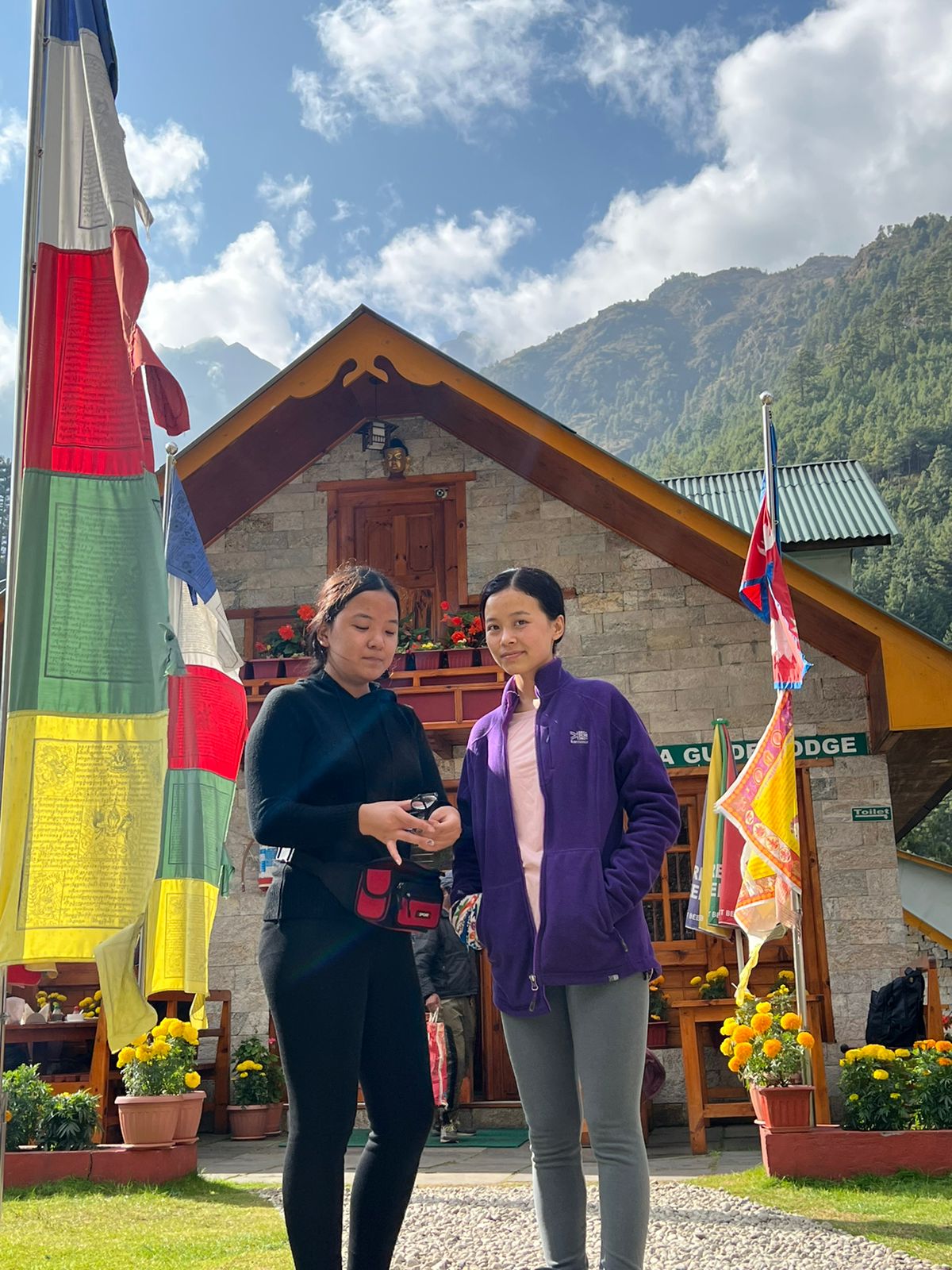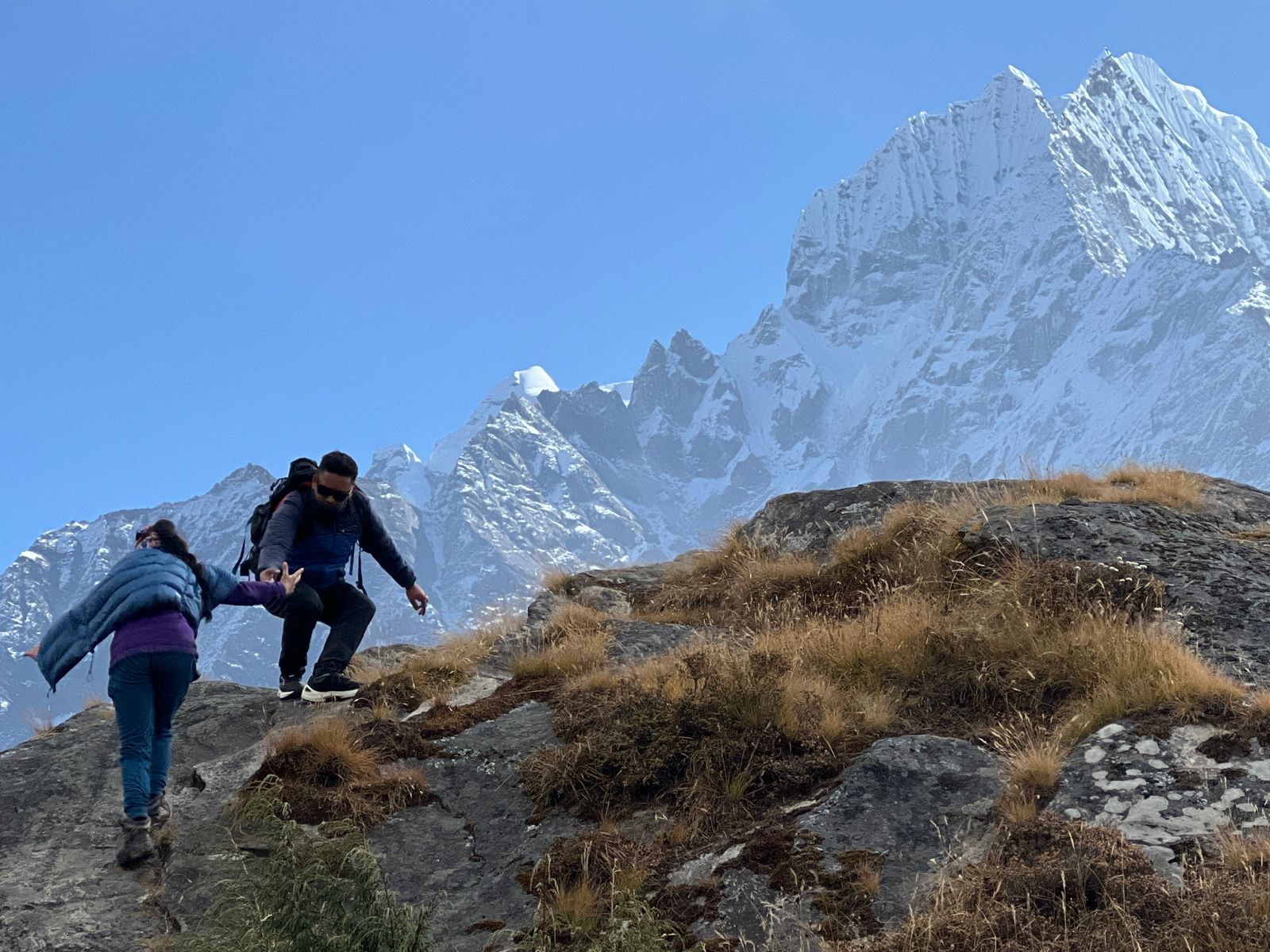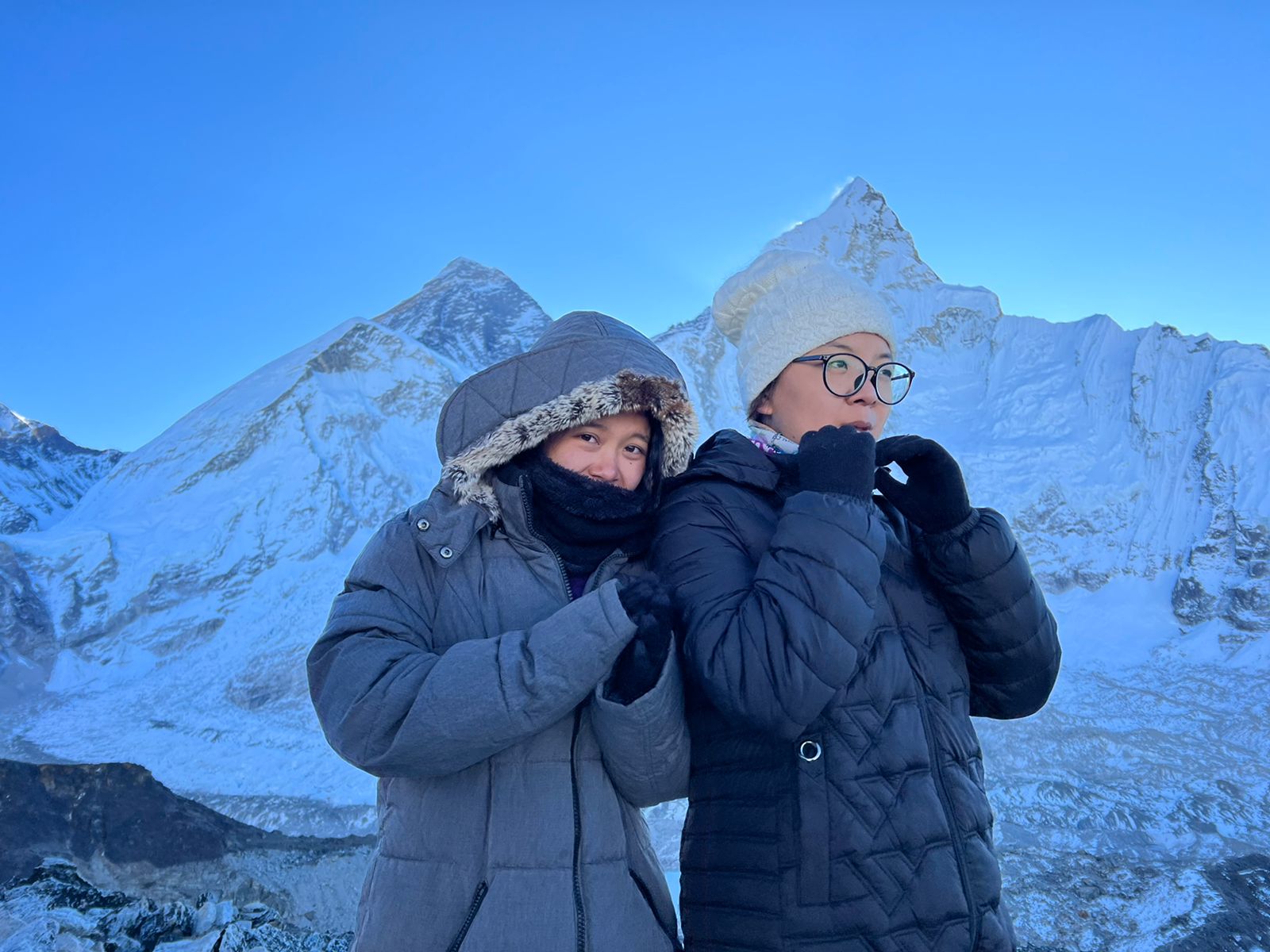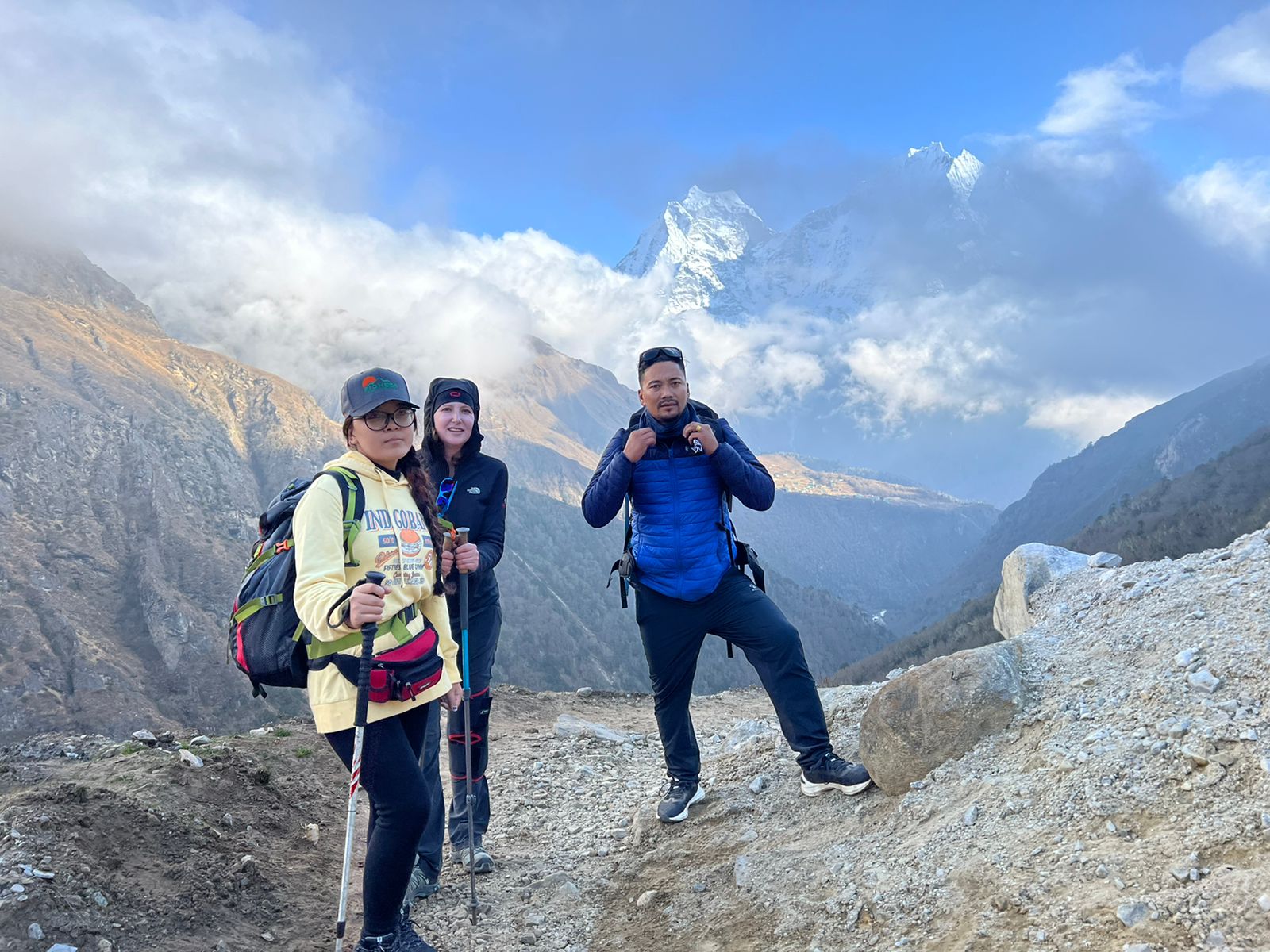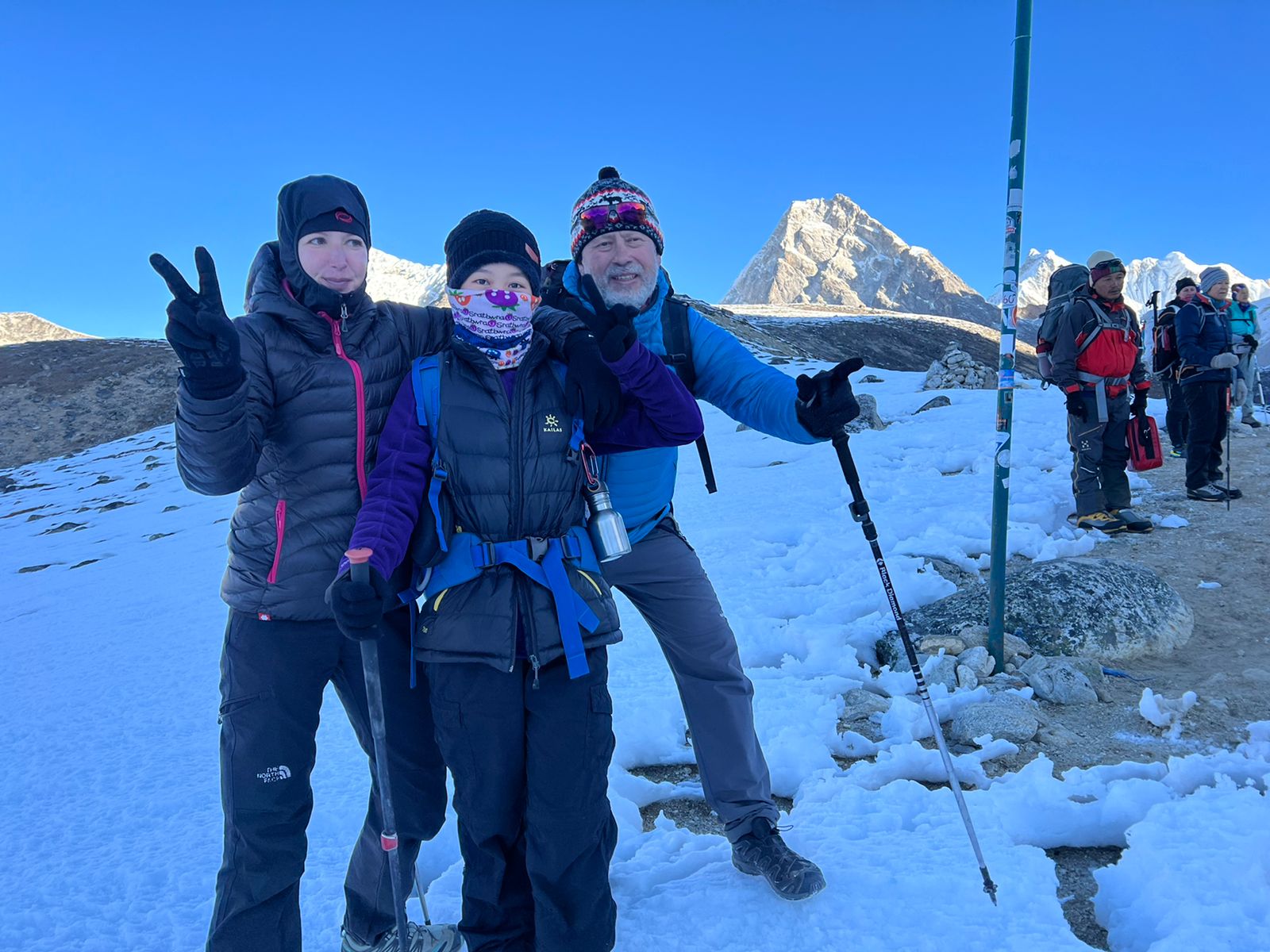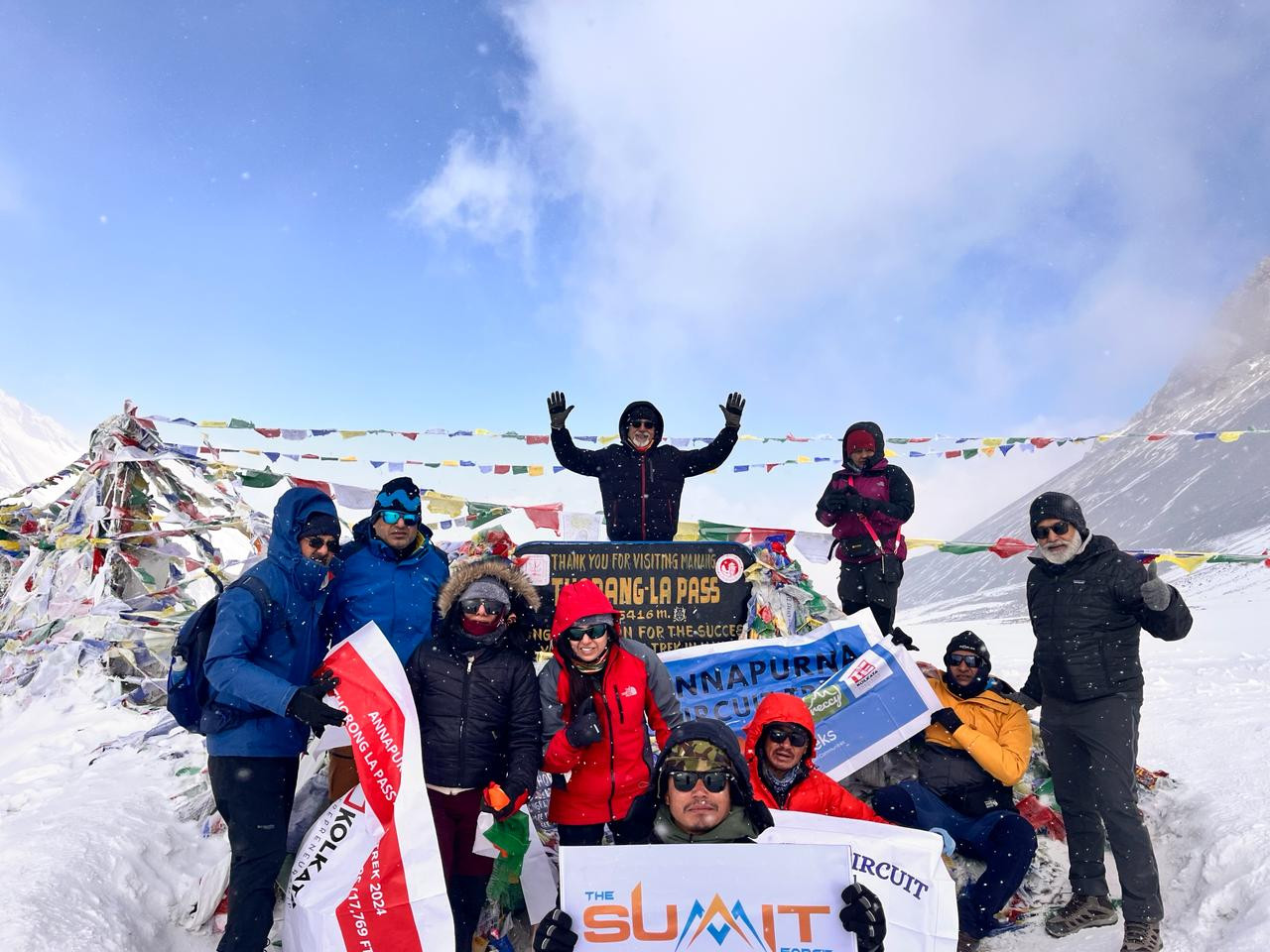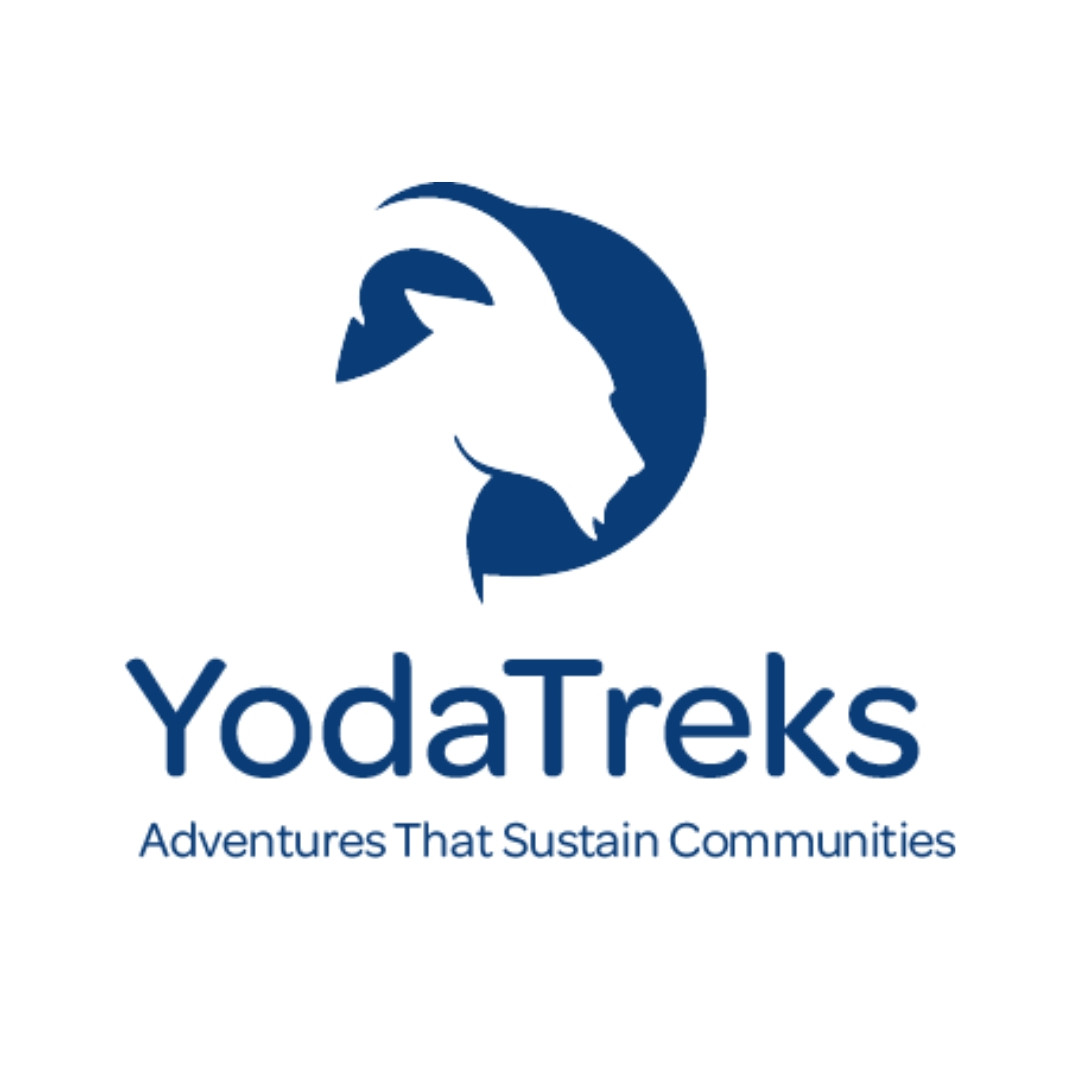The Everest Base Camp Trek via Gokyo Lake indeed offers breathtaking views of the Himalayan range. The route through Gokyo Valley provides a less crowded and distinct experience compared to the traditional EBC trek. The acclimatization at Namche Bazaar is crucial for a successful trip. The challenging ascent to Gokyo Ri and crossing Cho La Pass adds adventure to the journey. The glacial lakes, stone cairns, and the turquoise waters of Gokyo make it a memorable experience. The views of Ama Dablam and the trek to Everest Base Camp showcase the majestic beauty of the region. Exploring Sherpa villages, monasteries, and the unique lifestyle enrich the trek. The return journey through Pheriche and Namche Bazaar completes the cultural immersion. Overall, it's an opportunity to embrace the Himalayan landscapes, traditions, and the highest lakes.
Know more about Gokyo Lakes?
Gokyo Lakes are a system of six emerald lakes located in the Gokyo Valley of the Khumbu region in the Himalayas of Nepal. These lakes are known for their striking turquoise color, surrounded by snow-capped peaks and glaciers, creating a picturesque and tranquil setting for trekkers and travelers.
The main lake, Gokyo Cho (also known as Dudh Pokhari), is the largest of the six lakes and holds significant religious importance to the local Sherpa people. The other lakes in the system, namely Thonak Cho, Gyazumpa Cho, Tanjung Cho, Ngozumpa Cho, and Longbanga Cho, add to the natural beauty and serene atmosphere of the area.
The Gokyo Lakes trek is a popular alternative to the traditional Everest Base Camp trek, offering trekkers a chance to explore a less crowded region while still enjoying stunning views of the Himalayas, including Mount Everest, Cho Oyu, Lhotse, and Makalu. The trek to Gokyo Lakes also provides opportunities for acclimatization and side trips to Gokyo Ri for panoramic views of the surrounding peaks and glaciers.
Overall, Gokyo Lakes present a breathtaking and peaceful destination for nature lovers, photographers, and trekkers seeking a unique Himalayan experience away from the hustle and bustle of busier trekking routes.
Trip Highlights
Gokyo Lakes: The trek takes you to the beautiful Gokyo Lakes, a series of turquoise glacial lakes located at high altitudes. The view of these lakes against the backdrop of snow-capped mountains is truly breathtaking.
Gokyo Ri: A popular side trip on this trek is the ascent of Gokyo Ri, a peak that offers panoramic views of some of the world's highest peaks, including Everest, Lhotse, Makalu, and Cho Oyu.
Everest Base Camp: The trek also includes a visit to the iconic Everest Base Camp, where climbers begin their ascent to the summit of Mount Everest. Standing at the base of the world's highest peak is a truly unforgettable experience.
Khumbu Glacier and Icefall: Along the way, you'll trek through the rugged terrain of the Khumbu Glacier and witness the towering ice pinnacles of the Khumbu Icefall, a challenging section of the route to the summit of Everest.
Sherpa Culture: The trek takes you through traditional Sherpa villages like Namche Bazaar, where you can experience the unique Sherpa culture and hospitality. Visiting monasteries and learning about the local way of life is a memorable part of the trek.
Sagarmatha National Park: The trek passes through the UNESCO-listed Sagarmatha National Park, home to a diverse range of flora and fauna, including rare Himalayan wildlife like the snow leopard and Himalayan tahr.
Overall, the Gokyo Everest Base Camp trek offers a complete Himalayan experience, combining stunning mountain scenery, challenging trekking routes, and insights into the unique culture of the Sherpa people.

